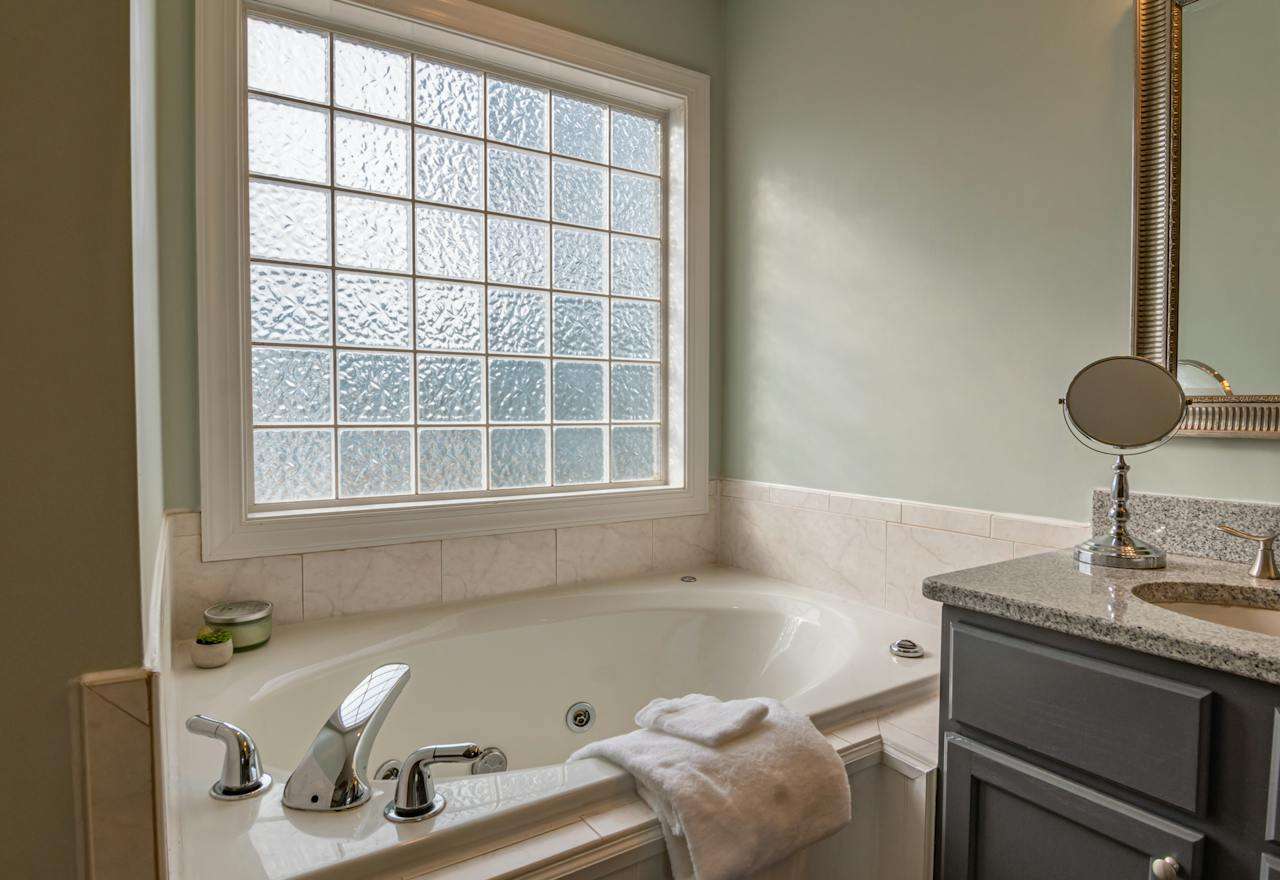Indulging in a relaxing bath can quickly become frustrating if the water fails to drain properly. A sluggish or obstructed bathtub draining is a prevalent household issue that has the potential to interrupt your daily schedule. Fortunately, addressing this issue doesn’t always necessitate professional plumbing services. This guide explores various methods to fix improper bathtub drainage, ensuring a seamless and uninterrupted bathing experience.
Identifying the Issue
Before delving into solutions, it’s crucial to pinpoint the root cause of your bathtub drainage problem. Common culprits, such as hair, soap scum, and accumulated debris, can significantly impede water flow. If you notice your bathtub draining slowly, initiate the troubleshooting process by eliminating visible debris near the drain opening.
However, if the problem persists despite these initial efforts, it may be necessary to explore more comprehensive solutions, delving deeper into the issue to ensure a thorough and effective resolution for optimal drainage performance.
Clearing Debris Near the Surface
Initiate the troubleshooting process by meticulously removing any visible debris near the surface of the drain. Don gloves and employ tweezers or a small tool to delicately extract hair, soap scum, or any materials impeding the drain.
To adopt a more environmentally friendly method, concoct a blend of hot water, baking soda, and vinegar. This combination not only aids in breaking down buildups but also facilitates the manual removal of debris, ensuring a thorough cleaning process for optimal drainage restoration.
Plunging the Drain
If the issue persists, employing a plunger designed for sink and bathtub drains can be a highly effective solution. Ensure there is an ample amount of water in the bathtub to cover the rubber portion of the plunger adequately.
Place the plunger securely over the drain, creating a tight seal, and apply firm, consistent pressure. This deliberate and steady action aids in dislodging blockages, creating a suction effect that promotes improved water flow.
Chemical Drain Cleaners
Chemical drain cleaners, while easily accessible, are potent solutions for combating stubborn clogs. It’s imperative to exercise caution, given that these cleaners contain harsh chemicals that could potentially cause damage to pipes and fixtures with excessive use.
Adhering to the manufacturer’s instructions meticulously is crucial, ensuring safe and effective application. Additionally, avoid the temptation to mix different types of drain cleaners, as this may result in unpredictable chemical reactions that can further compromise the integrity of your plumbing system.
DIY Drain Snake
For more challenging clogs, a DIY drain snake can prove invaluable. Head to your local hardware store to acquire a plastic or metal drain snake, and with care, insert it into the drain. Rotate the snake clockwise while gently pushing it deeper into the drain.
This effective method helps break up and dislodge stubborn debris, promoting improved water flow. Regularly employing this technique can contribute to maintaining an efficient drainage system and ensuring a consistently enjoyable bathing experience.
Remove and Clean the Drain Stopper
The drain stopper itself can play a significant role in causing drainage issues. To address this, remove the stopper and meticulously clean it to eliminate any accumulated hair or debris. Inspect more thoroughly to identify any potential damage that might affect its functionality.
A well-maintained stopper not only facilitates proper water flow but also ensures the seamless operation of the entire drainage system, preventing future disruptions to your bathing routine.
Professional Assistance
If your attempts to resolve bathtub drainage issues using household remedies fall short, it’s advisable to engage the services of a commercial plumber. Equipped with the necessary expertise and specialized tools, a commercial plumber can assess and tackle intricate plumbing problems, ensuring a professional and efficient resolution.
Whether dealing with a persistent clog, complex pipe issues, or the requirement for extensive repairs, a plumber can offer customized solutions to restore your bathtub’s optimal drainage and prevent potential complications.
Conclusion
Dealing with a bathtub that drains improperly can be a bothersome experience, but with the right approach, you can often address the issue without professional assistance. By identifying the cause of the problem and employing one or more of the solutions mentioned above, you can restore proper drainage and enjoy a rejuvenating bath once again. Remember to perform regular maintenance to prevent future clogs, such as using drain covers and being mindful of what goes down the drain.

As the editor of the blog, She curate insightful content that sparks curiosity and fosters learning. With a passion for storytelling and a keen eye for detail, she strive to bring diverse perspectives and engaging narratives to readers, ensuring every piece informs, inspires, and enriches.










